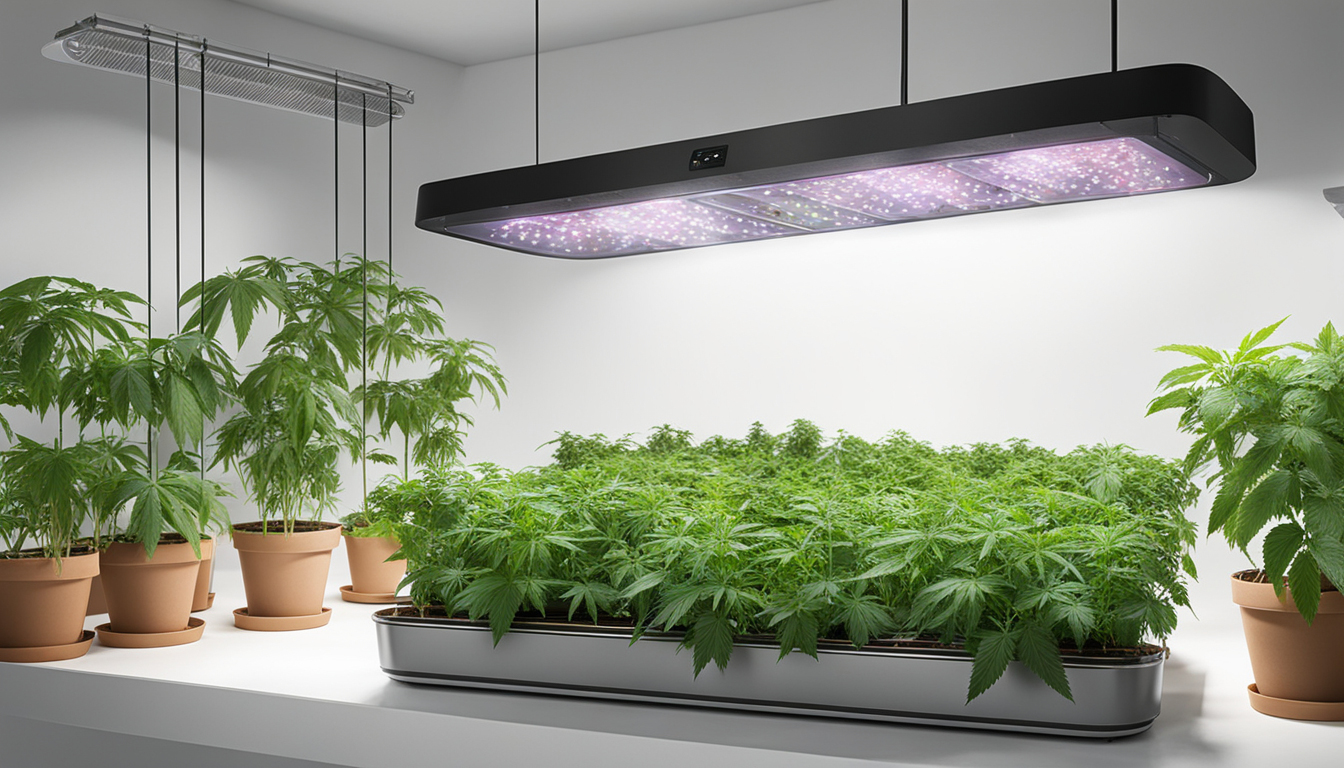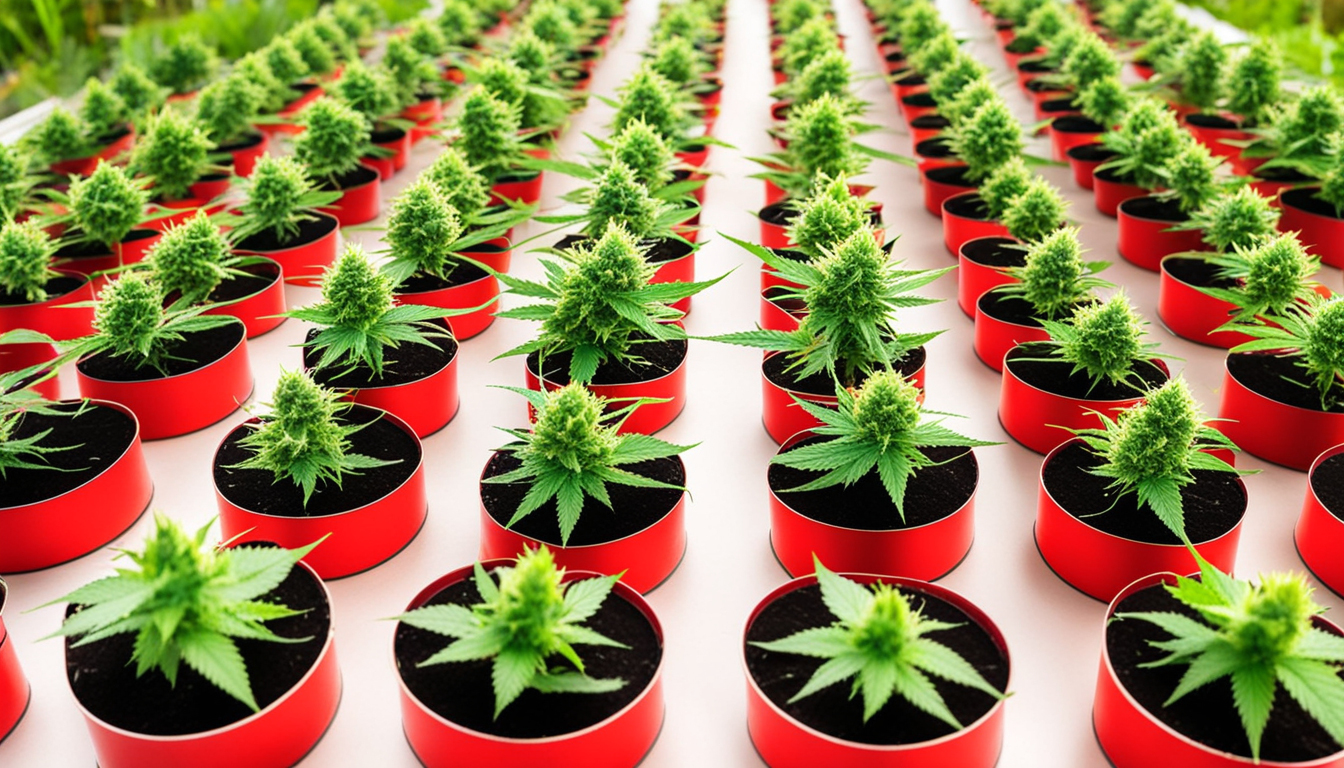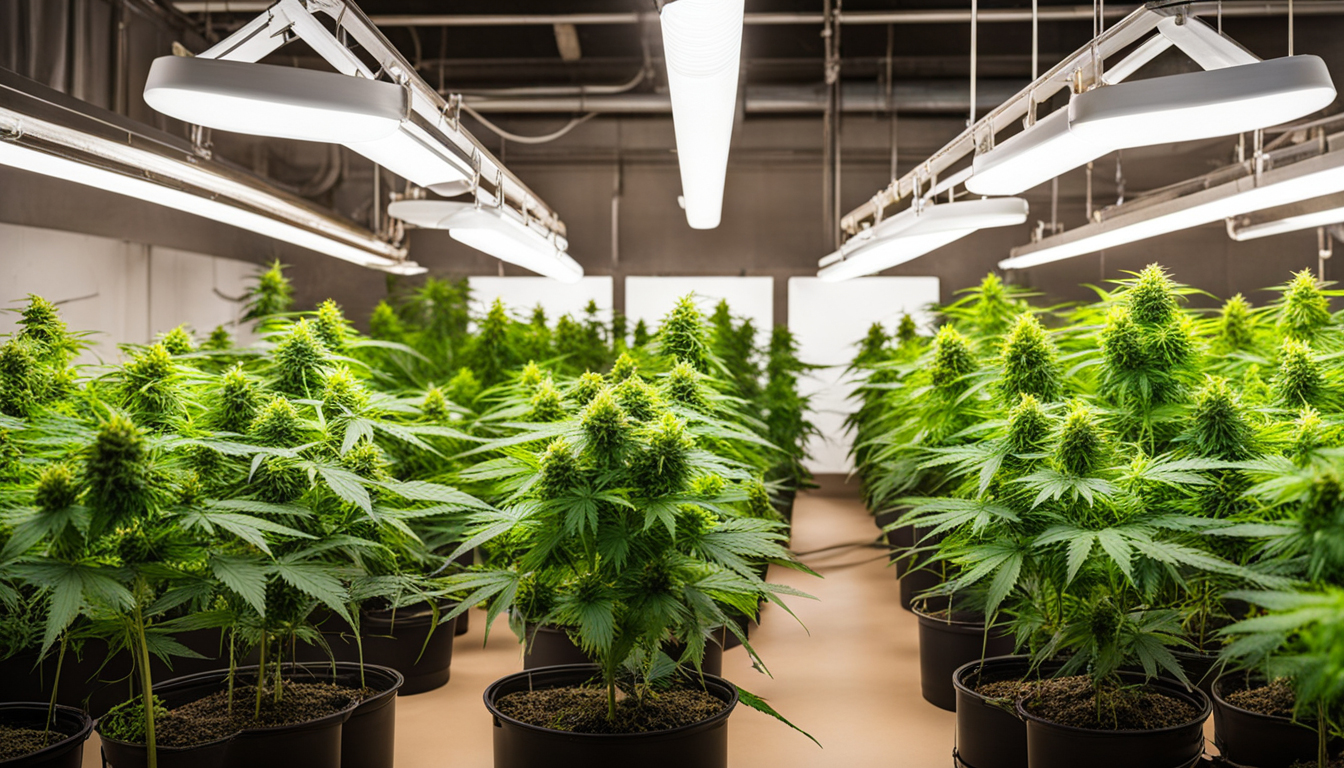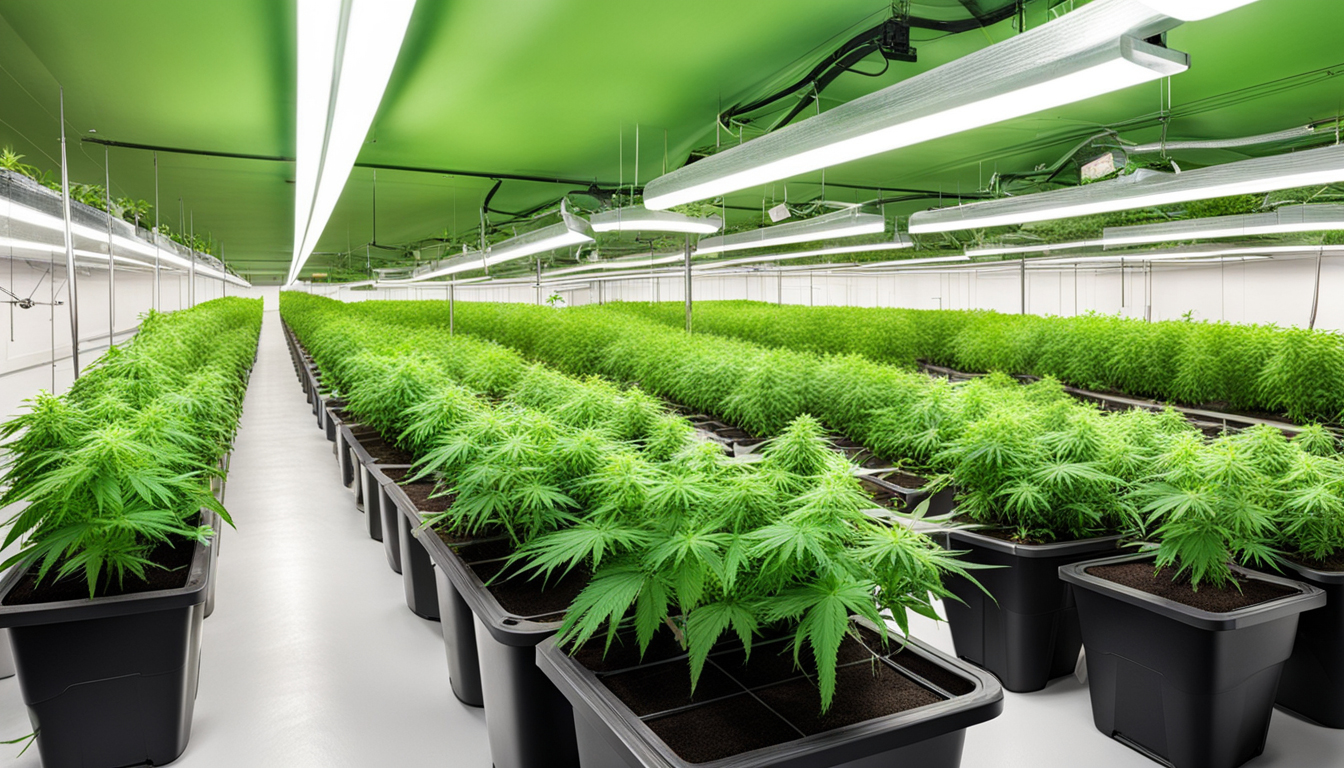
Whether you're just starting out with pot cultivation or looking to improve your existing grow, following this complete guide will help you produce big, high-quality yields right at home. With the right supplies, strategies, and care, growing weed indoors can be an extremely satisfying and cost-effective endeavor.
Choosing Pot Varieties
The first step in planning your indoor grow is picking the right marijuana cultivars to produce. The three main types of cannabis plants each have their own characteristics.
Sativas
Known for their invigorating intellectual effects, these strains spread tall and slender with narrow leaves. They flourish in tropical equatorial climates and have a longer flowering time between 10-12 weeks indoors. Top sativa strains include Sour Diesel, Durban Poison, and Jack Herer.
Indicas
Indicas provide relaxing full-body effects and spread short and bushy with wide leaves. Accustomed to colder mountain climates, they bloom faster within 2-2.25 months. Popular relaxing varieties include Northern Lights, Bubba Kush, and Bubba Kush.
Mixed strains
Mixed varieties mix traits from both energizing strains and relaxing strains. They offer blended effects and have moderate flowering periods around 9-10 weeks. Well-known hybrids are OG Kush, Girl Scout Cookies, and Blue Dream.

Setting Up Your Cultivation Space
Weed plants need the right controlled environment to flourish. Key factors for indoor grows are lights, airflow, layout, and finding the ideal discreet spot.
Location
Choose an unused space with easy access to irrigation and power outlets. An empty spare room, large closet, basement corner, or cultivation tent securely placed in a garage all make great hidden grow room spots.
Lights
Pot requires strong light for all growth stages. LEDs are efficient and come in full spectrum options mimicking real outdoor light. Cover 250-400 watts per sq. ft for the vegetative stage and 400-600 watts per sq. ft. for flowering.
Ventilation
Proper ventilation and exhaust systems maintain ideal temperature, moisture, and fresh CO2 levels. Install low-noise 4-6 inch fans or scrubbers to refresh stale air and reduce odors.
Layout
Optimize your space by positioning plants strategically under the lamps and allowing room to access and work around them. Set up distinct zones for vegetation, bloom, curing, and cloning.

Cultivation Substrates
Weed can be cultivated in different substrates, each with pros and cons. Pick a proper option for your specific setup and growing style.
Soil
The traditional medium, soil is inexpensive and easy for new growers. It provides great flavor but needs more watering and nutrients to nourish plants. Amend soil with vermiculite or coco to enhance aeration.
Coco Coir
Made from coir, reusable coco coir holds water but still allows air to the roots. It's more sterile and more consistent than soil. Use coco-specific fertilizers to prevent calcium buildup.
Water systems
In water systems, plant roots grow right in nutrient water solution. This enables rapid growth but Contact Us Today needs careful observation of water properties. DWC and drip systems are common methods.
Germinating Seeds
Germination prepares your pot seeds to begin growing radicles. This prepares them for transplanting into their cultivation medium.
Paper Towel Method
Place seeds between wet paper towel and keep them moist. Inspect after 2-7 days for emerging radicles showing sprouting is complete.
Direct Planting
Plant seeds right into wetted growing medium 1⁄4 inch deep. Gently water and wait 7-14 days until seedlings push through the surface.
Cubic rockwool
Soak cubic rockwool starters in balanced water. Place seeds 6mm deep into the cubes. Keep cubes moist until seedlings emerge within a week to 2 weeks.
Repotting Seedlings
Once sprouted, weed young plants need to be transplanted to avoid crowding. Move them into proper sized pots.
Preparing Containers
Fill final containers with cultivation medium enriched with slow-release nutrients. Allow pots to soak up water for 8-12 hours before repotting.
Carefully Transplanting
Gently separate young roots from sprouting medium using a spade. Put into pre-soaked container at equal depth as before and gently water in.
Growth Stage
The growth stage promotes leafy growth and plant structure through 18-24 hours of daily lighting intensity. This stage usually lasts 1-2 months.
Using 3/4 to full day of Lighting
Use grow lights on a 24 hour cycle or natural sunlight to trigger constant photosynthesis. Lamp output influences height and internodal spacing.
Fertilizing
Use vegetative stage nutrients higher in nitrogen. Make sure pH stays around 5.8-6.3 for full fertilizer uptake. Fertilize 25-50% concentration after 14 days and strengthen slowly.
LST and topping
Fimming, LST, and trellising direct shoot shapes for flat foliage. This boosts yields.

Flowering Stage
The blooming stage grows buds as plants show their sex under a 12/12 light timing. It lasts 2-3 months depending on strain.
Changing Light Schedule
Change lamps to 12 hours on, 12 hours off or move outdoors for outdoor 12 hour cycle. This signals plants to start blooming.
Flushing
Flushing removes fertilizer residuals to enhance taste. Fertilize weakly the first weeks then just use pH'd water the final 2 weeks.
Flushing
Continue 12 hour photoperiod but leach using pH-balanced water only. Resume clean watering if buds aren't yet mature after two weeks.
Harvesting
Recognizing when marijuana is fully ripe delivers peak cannabinoid content and aroma. Harvest plants at optimal maturity.
Identifying Ripeness
Check fading pistils, swelling calyxes, and 10-15% amber trichomes. Inspect buds across the plant as they don't all ripen evenly.
Harvesting plants
Use clean, sharp pruning shears to carefully slice each plant at the base. Keep several inches of stem attached.
Curing
Hang intact plants or colas upside down in a lightless room with moderate temperature and RH around 50-60% for 7-14 Learn More days.
Aging
Curing keeps desiccating while aging the buds like aged spirits. This technique smooths bitterness and further develops cannabinoid and terpene profiles.
Curing containers
Manicure dried buds from branches and place into sealed containers, packing about 3⁄4 full. Use a sensor to measure container moisture.
Burping Daily
Unseal jars for a short time daily to gradually lower humidity. Rehydrate buds if humidity goes under 55%.
Final Cure
After 14-21 days when humidity levels off around 55-65%, do a final manicure and store forever in sealed jars.
Common Problems and Solutions
Even seasoned growers run into different marijuana plant problems. Identify problems early and fix them properly to keep a strong garden.
Poor feeding
Yellowing leaves often Subscribe Now signify insufficient nitrogen. Anthocyanins and leaves show low phosphorus. Check pH and boost nutrients slowly.
Pests
Thrips, aphids, fungus gnats, thrips, and nematodes are common pot pests. Use neem oil sprays, predator bugs, and sticky traps for organic control.
Mold
Excessive moisture encourages botrytis and bud rot. Increase airflow and circulation while reducing humidity under 50% during flowering.

Summary
With this complete indoor cannabis cultivation guide, you now have the info to cultivate plentiful strong buds for private harvests. Follow these techniques and methods during the seed starting, vegetative, and bloom stages. Spend in good equipment and carefully monitor your plants. In time, you'll be compensated with sticky aromatic buds you grew yourself under the loving care of your green hands. Good luck cultivating!